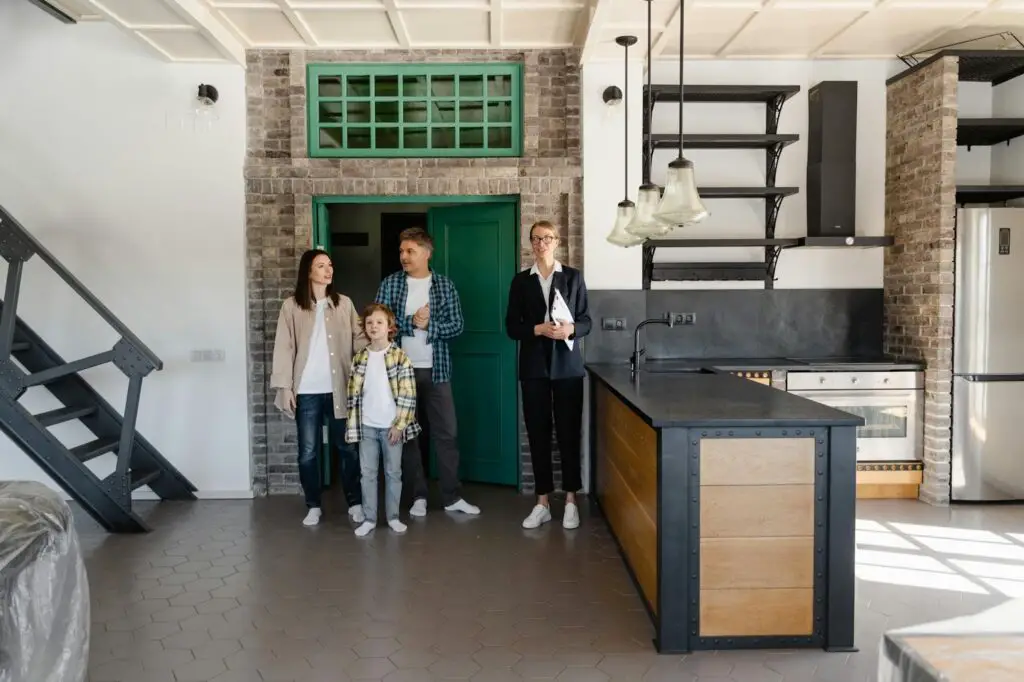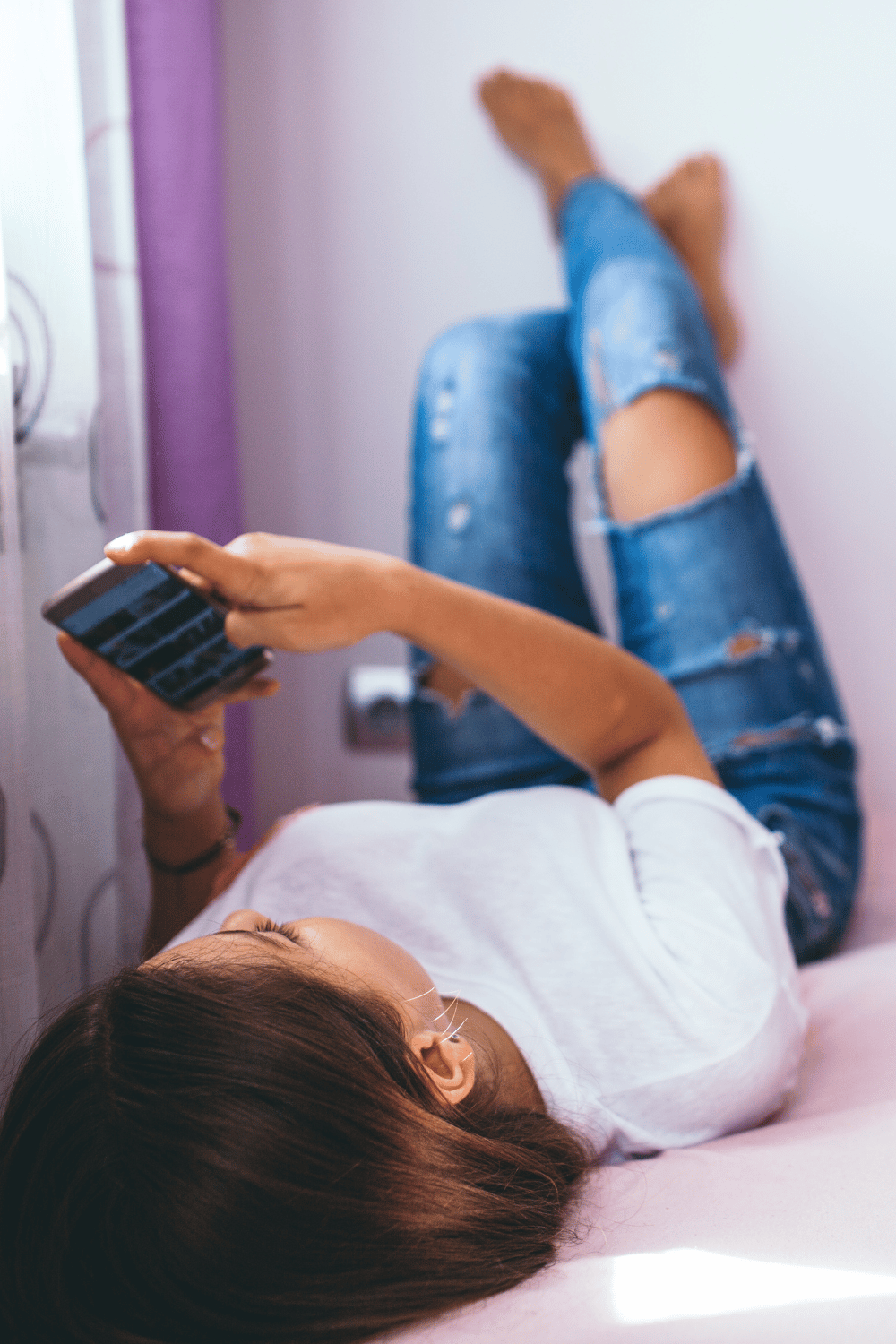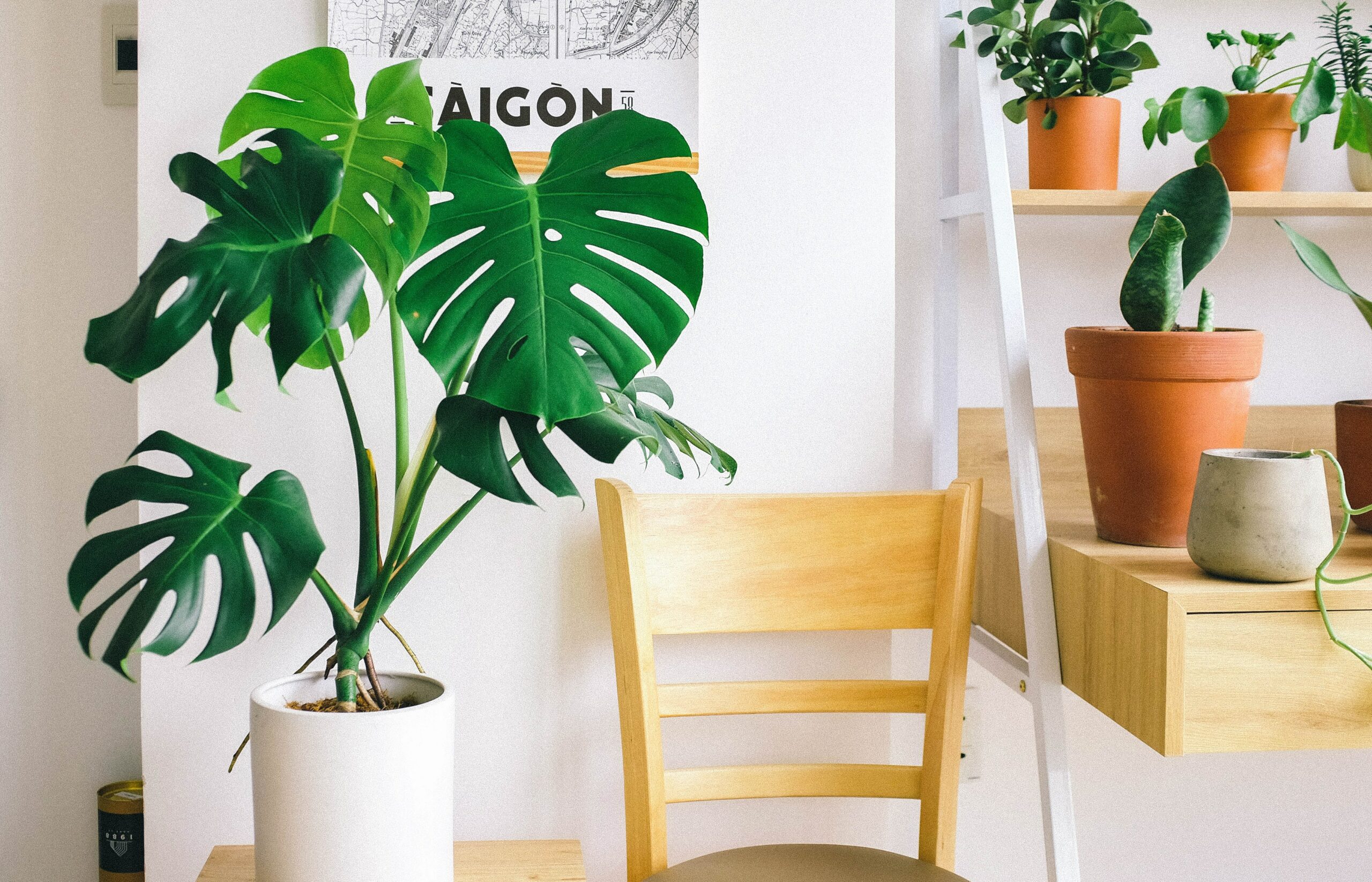How To Risk Assess A New Home For Safety When You Have Kids
Moving into a new home is exciting as soon as you can see past the packing and logistics headaches. Fresh walls, new rooms, and the sweet promise of happy memories can make anyone eager to unpack and settle in. But before hanging up the family photos, it’s important to look beyond the surface. A home that looks perfect on the outside can sometimes hide issues that affect the health and safety of your family. When you have children, you don’t want to be taking chances.

Via Pexels
Start With What You Can See
Start with the obvious. Begin by walking through the home with a parent’s eyes, not a buyer’s. Look for things that could attract curious little hands. Loose railings, uneven floors, low window ledges can all be problems. Pay attention to the condition of stairs and the height of the banisters. Check whether outlets have covers and if windows have locks or safety stops. It’s also worth noting how rooms connect. Open floor plans may look stylish, but they can make it harder to block off certain areas. Think about how you’ll create safe play zones or install baby gates.
Go Beyond Aesthetic Appeal
New paint and polished fixtures often hide deeper issues underneath. Don’t hesitate to look closely at ceilings, corners, and baseboards. Discoloration or faint odors could point to past leaks or hidden water damage. This is where professional mold testing becomes non-negotiable. Even small amounts of mold can affect indoor air quality and trigger respiratory issues in children. It’s a simple step that can save you stress and expensive repairs later on.
Also, check for signs of pests or gaps around pipes that could allow insects or rodents in. A home’s cleanliness isn’t always proof that it’s free from pests, especially if it has been empty for a while.
Test The Air And Water Quality
Healthy air and clean water are foundational. Ask if the property has a history of radon testing. Radon is an invisible gas that can enter through foundations and pose long-term health issues. Testing kits are affordable and easy to use, making this one of the simplest safety checks you can perform.
When it comes to water, find out if the plumbing is lead-free. Older homes, especially those built before the 1980s, may have pipes or fixtures containing lead. Consider installing a certified water filter to provide extra peace of mind.
Take A Look At The Outdoor Areas
A home’s outdoor spaces should be full of joy for children, but they’re also potential hazards. Check your fences and gates for sharp edges or unstable posts. If there’s a pool, it goes without saying that you need to check all the barrier systems. Walk the yard for uneven ground, toxic plants, or garden tools left within reach.
Bring In Experts When Needed
A home inspection is standard, but families with children can benefit from going a step further. Environmental inspectors, childproofing consultants, and safety specialists can identify concerns you might miss. Their insights can guide you in prioritizing upgrades that make the home both secure and comfortable.
A risk assessment isn’t about finding faults. It’s about moving in, knowing the place is safe. When you know your home is safe, you can relax and focus on making it a home.






